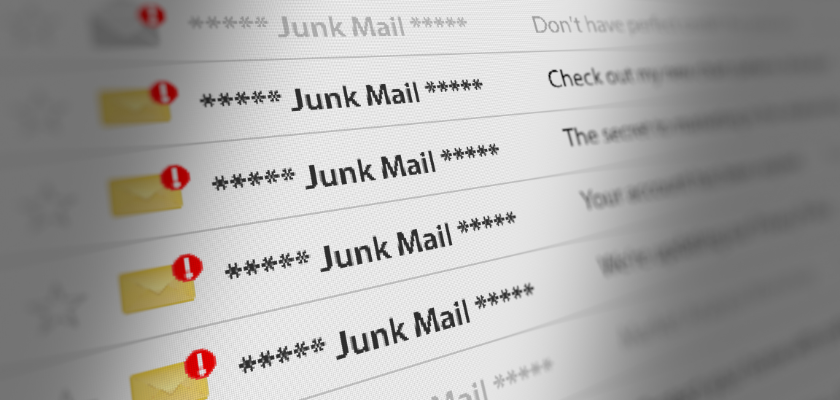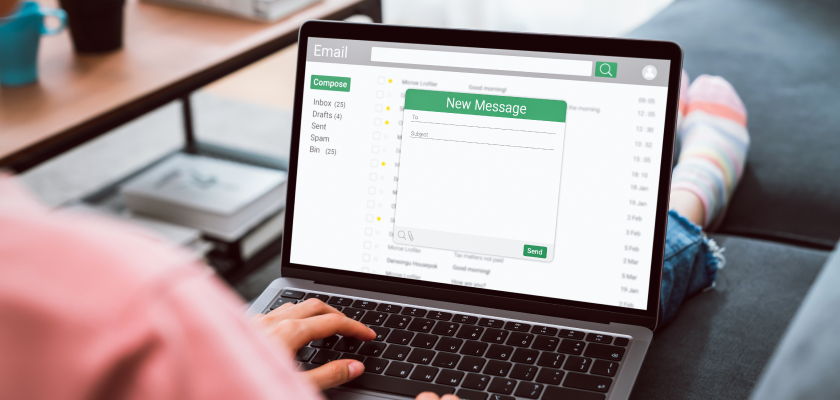
Best Digital Marketing Newsletters to Subscribe in 2025
Nearly every site on the internet asks you to sign up for an exclusive newsletter. But why should you volunteer your personal information in the first place? Actually, you are not alone at that point; every one of us is …

Black Friday Marketing Strategy: Inspiring Ideas, Campaigns and Best Practises
As the holiday shopping season approaches, Black Friday is poised to be again a major sales event. According to Salesforce, 63% of consumers plan to shop on Black Friday in 2023, highlighting the significance of this event for businesses of …

10 Common Reasons Why Your Emails Get Flagged As Spam And How To Fix Them
Imagine this: You’ve put your heart and soul into crafting the perfect email for your business, and you hit that ‘send’ button with high hopes. But then, it happens – your email ends up in the dreaded spam folder. Frustrating, …

The Guide to Effective Marketing Automation for Email Marketers
Discover how to use email automation in a clever way. To increase interaction and conversions; use transactional, trigger, and journey emails. We email marketers are constantly looking for ways to make our jobs easier. We have always been understaffed and …

Avoid These Two Insurmountable Email Signature Design Mistakes
As a designer, level-setting expectations are of critical importance if you wish to avoid the uncomfortable situation of creating a beautiful email signature design, only to discover later that it’s frequently failing in the, always messy, realm of email. The …

Why Verifying Email Addresses is Crucial for Your Marketing Strategy
If you’re planning to launch a cold email campaign, or even a marketing campaign, for that matter, with emails being the medium, ensuring email addresses are correct is an absolute must! If you don’t do that, not only will your …

Ultimate Guide to Eradicating Spam Emails Forever
Almost everyone has had to deal with spam emails at one point. Services like Gmail usually send most of these emails to the spam folder. Still, their software isn’t perfect, and you’ll occasionally find them in your regular inbox. Unsolicited …

Email Signature Program Maintainability: The “Swiss Army Knife” Approach
The design phase of an email signature program is of critical importance, not only in terms of the initial project’s success but also because oversights/mistakes at this stage can have serious adverse consequences down the road. On the low end …

Email Signature Management: Minimizing the “Needy” User Problem
The ongoing management of an email signature program will be much easier when you have satisfied users. Conversely, unsatisfied users can drive you crazy or even worse, go rouge. Preventing “needy” users is not hard, it just takes some forethought …

Email Signature Management: In-House or Outsource?
Brand-negative first impressions can occur in emails where poorly constructed email signatures are in use. To overcome this, an enterprise email signature management program should be implemented. Whether to do this in-house or outsource it depends on… Email signatures often …

4 Email Marketing Trends to Get More Opens & Clicks
Filling your newsletters with meaningful content is far more important than bombarding the entire customer base with identical offers. Keeping up with the times and meeting user demands is crucial for any company. Spoiler: articles about trends serve as a …

Responsive Elegance: How To Optimise Your Email UX for a Mobile-First Audience
The era of the mobile consumer is upon us in 2024. As we adapt to a new generation of digital interaction, one of the most prominent strategies in need of rejuvenation is email marketing. Once designed to appear solely on …



























